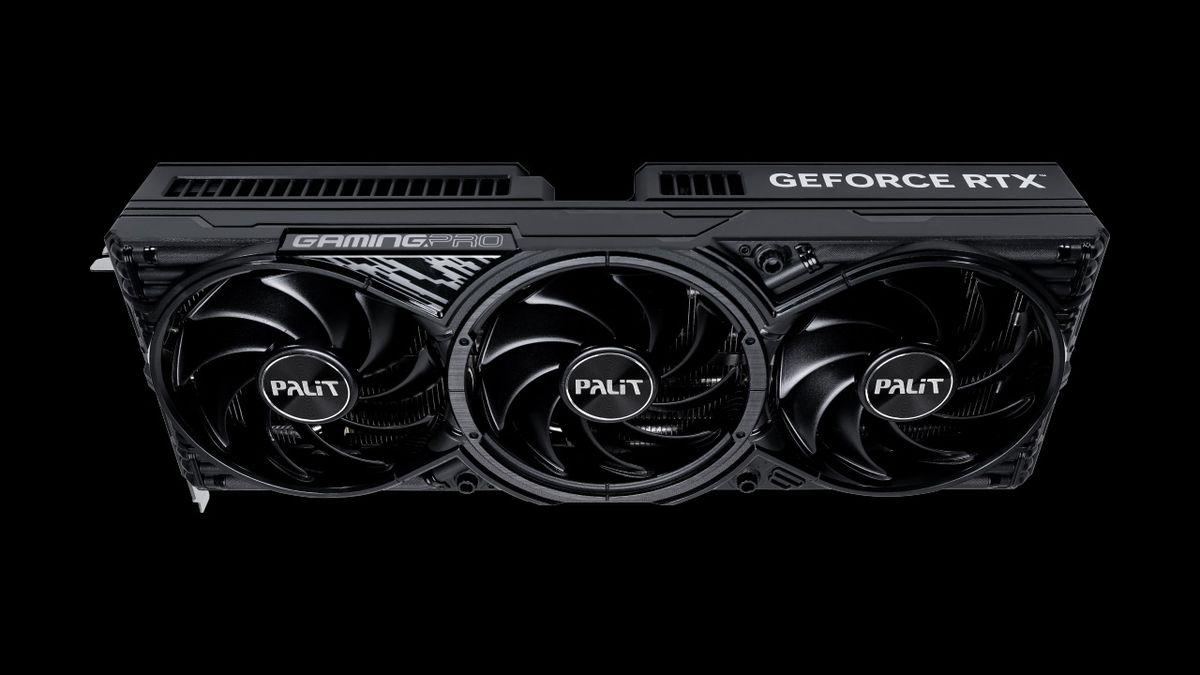As we march closer to the RTX 5090 and RTX 5080's release, retailers have already begun putting up listings for the impending launch. As shared by momomo_us at X, early data from a European retailer suggests a significant uptick in pricing versus Nvidia's set MSRP. When adjusted for VAT (Value Added Tax), the cheapest RTX 5090 has been listed for almost $2,800. These exorbitant price tags could be placeholders, so it's best not to read too much into them.
Industry-wide rumors suggest that Blackwell's supply could be constrained at launch. Without official confirmation from Nvidia, it is hard to verify these claims, but we'll see when these GPUs hit shelves. The shared images indicate a 40% uptick in pricing compared to MSRP, which could tie in with these supply chain rumors, but let's not jump to conclusions.
Starting with the RTX 5090, the most affordable version is the Zotac RTX 5090 Solid at $3,400 (or $2,800 without VAT). At the other extreme is the Zotac Gaming RTX 5090 AMP Extreme Infinity, listed for an eyewatering $3,730 ($3,080 without VAT). The cheapest RTX 5080 is the MSI Ventus 3x OC edition at $1,700 ($1,400 without VAT), going as high as $3,700 ($3,000 without VAT) for the AMP Extreme Infinity variant.
A leaked benchmark suggests that the RTX 5090 is 27% faster than its predecessor in Geekbench CUDA, which isn't as big a performance jump as we expected. Most of Nvidia's claimed performance numbers are derived from its Multi Frame Generation tech exclusive to Blackwell.
You'd pay roughly 30% more for a 30% bump in raw raster performance. The RTX 5090 does have its merits, though. One is the large 32GB frame buffer, which could make it a sought-after GPU for AI enthusiasts.
The more consumer-oriented RTX 5080 has 16GB of memory, similar to the RTX 4080. Nvidia plans to address this VRAM shortage with Neural Materials, where games are expected to reduce memory usage for textures by one-third. It'd be preferable to have sufficient VRAM on hand right now rather than relying on tech that might potentially compensate for the lack of GPU memory in the future.

 6 hours ago
2
6 hours ago
2









 English (US) ·
English (US) ·